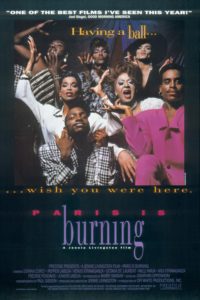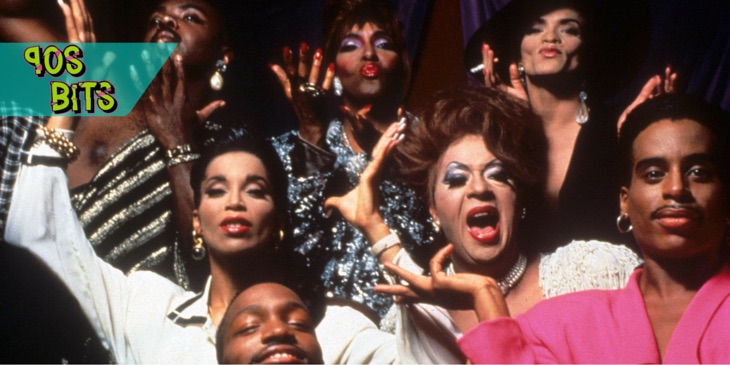 We’ve been through the 80s Bits, and survived. Welcome to 90s Bits, it’s red-headed stepchild. Strap on your Doc Martens, embrace flannel, and start to worry about Y2K, dudes.
We’ve been through the 80s Bits, and survived. Welcome to 90s Bits, it’s red-headed stepchild. Strap on your Doc Martens, embrace flannel, and start to worry about Y2K, dudes.
“In a ballroom, you can be anything you want,” quips Dorian Corey, a veteran drag performer featured in PARIS IS BURNING. Filtered through decades of parody, derision and then elevation via eight seasons of Ru Paul’s Drag Race, the drag community has come a long way in the public eye since this film first emerged. Yet as the establishing shot of the Twin Towers over 1987 New York skyline reminds us, the Ball Circuit in the late 1980s was a very different time not just for the gay community, but for class relations as well. Following the ball culture of this period, Jennie Livingston’s seminal documentary is a sharp reminder of how African-American, Latino, gay, and transgender communities were treated three decades ago, and even more timely indicator of how far we are yet to go as a global society in embracing true equality.
It’s somewhat ironic that the first film chosen for 90s Bits is a microcosm of the late 1980s, but it’s such a specific scene in New York’s history that it is hard to separate this from its time and place. In a completely observational manner, with the presence of the filmmakers barely felt throughout the feature, Livingston explores the “Houses” of the elaborate balls, where contestants are judged on their “realness,” the quality of the drag costuming, and dancing performance in order to secure a spot as a “Legendary” performer. The Houses are modeled on the fashion brands, but as House Mother Pepper LaBeija explains, they form a de facto family for those who are estranged from or abandoned by their own. Decades before the hyperlinked culture of the internet appropriated it, ball culture owned terms like “shade,” “fierce” and “to read,” while people like Willi Ninja fused fashion and hip hop dancing into “vogueing.” As this film released, Madonna – a staple of the New York club scene in the 1980s – was taking the concept to the mainstream. What’s most fascinating about the ballroom circuit is that it’s not just about drag, but how it functions as an alternative fashion scene, an aspirational middle finger to the rich, and an example of how Ronald Reagan’s America divided the inner city along race and class more than any other era.
Kiki, Sara Jordenö’s unofficial documentary sequel will release around the world this year, having already won the Teddy Award at Berlinale for its look at the modern ballroom scene. Given how many of the cultural elements in the original film are now part of the broader discourse, where PARIS IS BURNING works best as a document of a time and place. As we watch gay street kids aged 13 and 15 cheekily talking to camera at 2am, or soak in the weary wisdom of Corey’s cutting insights to camera, we undoubtedly ponder how anybody made it out of this scene alive. The tragic reality is that quite a number of people did not, a sadness exacerbated by the fact that none of the featured players are still alive, whether due to AIDS related illness or in the case of Venus Xtravaganza, brutally murdered by the time the prodction was over. The transgender Venus in particular highlights what has changed over the last thirty years, with more of the public aware of transgender rights thanks in part to the coming out of reality star Caitlin Jenner. Yet as many of the democracies of the world chase their own tail in 2016 with pointless conservative-led discussions over transgender bathroom rights, quite literally denying people their most basic of human rights, a contemporary viewing of PARIS IS BURNING is a pointed reminder that there are some divisions where we still sit on the wrong side of history.
1990 | US | DIR: Jennie Livingston | EDITOR: Jonathan Oppenheim | CAST: Dorian Corey, Pepper LaBeija, Willi Ninja, Octavia St. Laurent, Angie Xtravaganza, Venus Xtravaganza, Sol Pendavis, Freddie Pendavis, Kim Pendavis | DISTRIBUTOR: Miramax Films (US) | RUNNING TIME: 87 minutes




